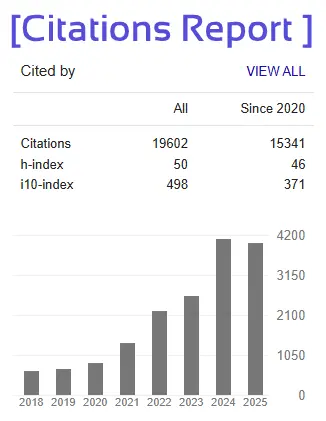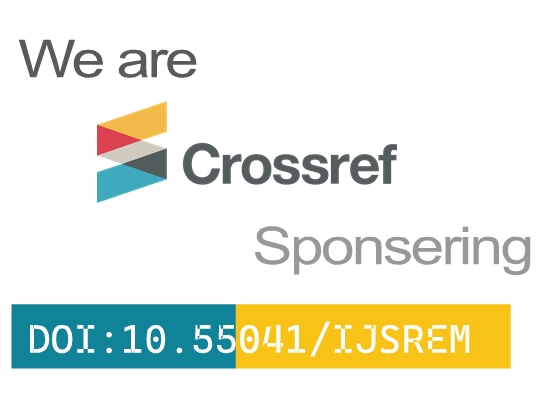Modified Early Warning Score (MEWS)
Dr Parul Sharma, Avantika Kaundal, Sonal Rai
ABSTRACT
The Modified Early Warning Score (MEWS) is a healthcare tool that helps identify people who are at risk of major medical problems. MEWS enables healthcare practitioners to detect signs of deterioration early by monitoring important physiological markers such as heart rate, respiration rate, blood pressure, body temperature, and state of consciousness. This allows for quick medical action, which can reduce problems, improve patient outcomes, and even save lives. MEWS uses a scoring system, with higher scores indicating a greater probability of clinical decline. Abnormal heart rates, irregular breathing patterns, low or high blood pressure, odd body temperature, or changes in a patient's state of alertness can all contribute to an elevated MEWS score. When a specific threshold is achieved, the system alerts workers to take action, such as contacting a specialist or moving the patient to a higher degree of care. such as the intensive care unit (ICU). This procedure guarantees that severely ill patients receive treatment before their condition becomes life-threatening. This approach is commonly used in hospital wards and emergency rooms since it is simple, straightforward to execute, and does not necessitate advanced equipment. According to studies, MEWS is helpful in predicting bad outcomes such as the requirement for ICU admission or the probability of death in the hospital. It also allows healthcare teams to more efficiently manage resources by prioritising patients who require immediate attention. For example, in crowded hospitals with limited staff and equipment, MEWS can identify which patients require critical care the most, guaranteeing that no one is ignored. Despite the benefits, deploying MEWS in healthcare settings presents problems. One major concern is ensuring that all staff members have been properly educated to utilise the product. Misinterpretation of ratings or delays in taking action can limit their efficacy. Additionally, hospitals must create clear processes for responding to various MEWS thresholds. Without regular commitment to these rules, MEWS's full potential may not be realised. Regular staff training and system evaluations are critical for addressing these issues and improving the tool's reliability. MEWS has had a substantial influence on patient care by making it easier for healthcare personnel to detect when a patient's condition worsens. It acts as an early warning system, reducing the likelihood of unexpected emergencies and allowing medical teams to provide proactive care. While there are certain areas for development, such as improved training and stricter protocol adherence, the benefits of MEWS in terms of patient safety and outcomes are apparent. It is an important instrument in modern healthcare, saving lives and maximising hospital resources.
Keywords: Vital Signs Assessment, Clinical Monitoring, and Patient Safety







